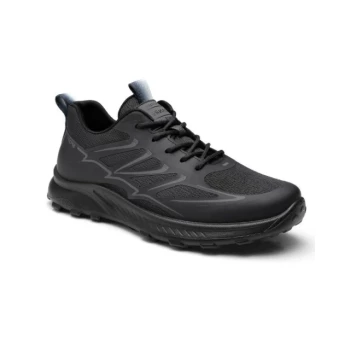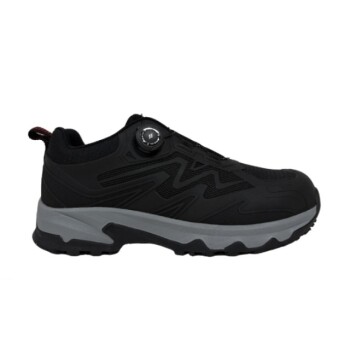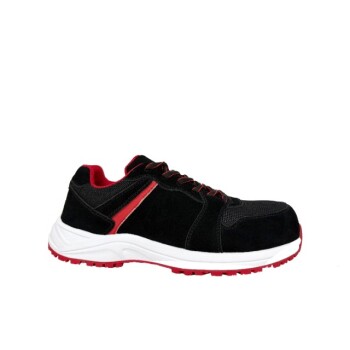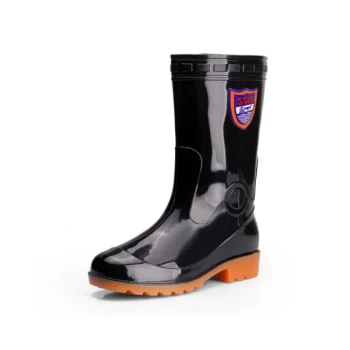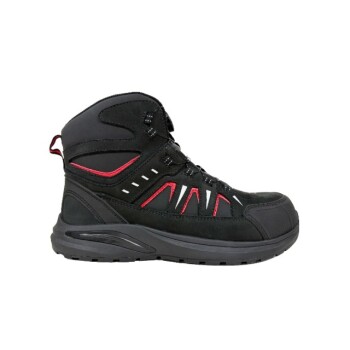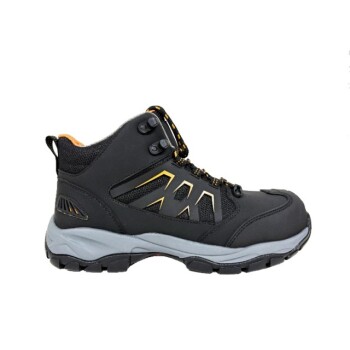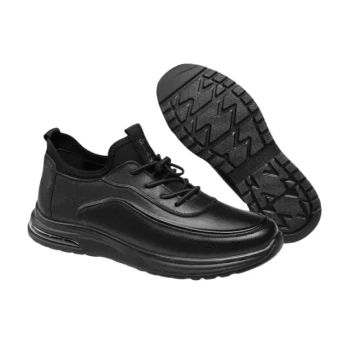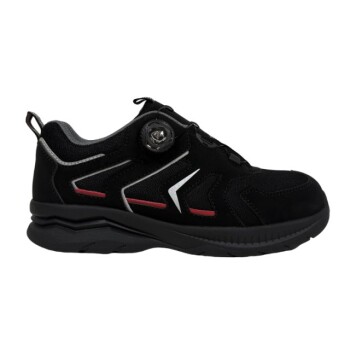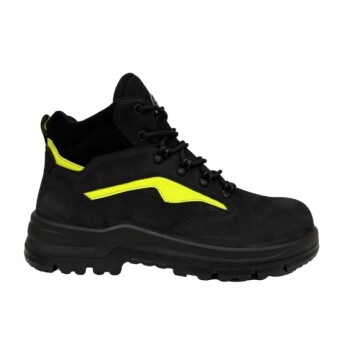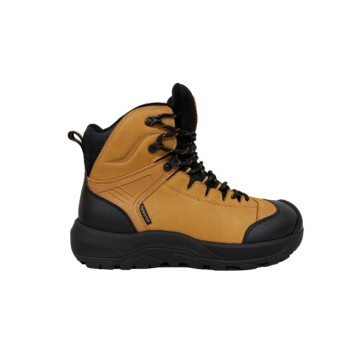At its core, heel cushioning in a skate shoe is your primary defense against impact. It is specifically engineered to absorb the concentrated force of landing on your board, directly preventing the painful, deep tissue injury known as a heel bruise. The goal is to provide this crucial protection without creating a thick, disconnected barrier that deadens your feel for the board beneath your feet.
The role of heel cushioning is a critical balancing act: it must provide enough shock absorption to protect you from high-impact landings while being minimal enough to preserve the essential "board feel" required for precise control.
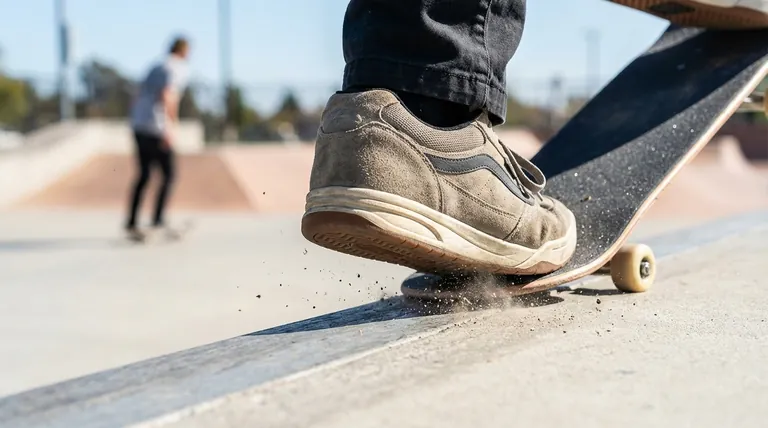
The Primary Function: High-Impact Absorption
The fundamental job of any cushioning is to dissipate energy. In skateboarding, where your body is the suspension system, the forces generated from even small drops are significant. Heel cushioning is the first line of defense in managing that energy.
Preventing Heel Bruises
A heel bruise is not a surface-level injury; it's a deep, painful bruising of the fat pad and bone on the bottom of your heel. It results from a single, hard landing or the cumulative effect of repeated, lesser impacts. Effective heel cushioning directly absorbs and spreads out this force, shielding your foot.
Reducing Joint Stress
Like in running, the shock from landing doesn't stop at your feet. The force travels up the kinetic chain to your ankles, knees, and lower back. Quality cushioning mitigates this transfer of energy, reducing the long-term wear and tear on your joints.
Enhancing Landing Confidence
There is a psychological component to protection. Knowing your shoes can handle the impact gives you the confidence to commit to landing a trick down a set of stairs or over a gap, which is often the key to success.
Understanding the Trade-off: Protection vs. Board Feel
Unlike a running or walking shoe where maximum, pillowy cushioning is often the goal, skate shoes serve two opposing masters. You need protection, but you also need a direct connection to your board.
The Concept of "Board Feel"
Board feel is the tactile feedback you receive from the deck through the sole of your shoe. It allows you to sense the concave and edges of the board, enabling the micro-adjustments needed to control flip tricks, slides, and grinds with precision.
How Excessive Cushioning Kills Board Feel
Too much cushioning creates a vague, disconnected feeling, much like trying to type with thick gloves on. The thick foam dampens the sensory information your feet need, making intricate board control difficult and sluggish. This is why you cannot effectively skate in a max-cushion running shoe.
The Skate-Specific Compromise
Skate shoe design is an exercise in finding the perfect compromise. The cushioning must be dense and effective enough to prevent injury but low-profile enough to maintain that critical connection to the board. Different shoe constructions approach this balance in different ways.
Common Shoe Constructions and Cushioning
The type of sole construction is the biggest indicator of how a shoe will balance cushioning and board feel.
Cupsole Construction
Cupsoles are shoes where the rubber outsole is a single, pre-molded "cup" that is stitched and glued to the upper. This durable construction allows for a thicker midsole, providing significantly more space for integrated foam cushioning and shock-absorbing technologies.
Vulcanized Construction
Vulcanized soles use a heat-based process to fuse the outsole to the upper, resulting in a thinner, more flexible sole. While this offers superior board feel and flexibility right out of the box, it provides less inherent space for cushioning, which is typically limited to the drop-in insole.
Making the Right Choice for Your Skating Style
Your ideal level of heel cushioning depends entirely on how you skate.
- If your primary focus is jumping down stairs, gaps, or skating large transitions: Prioritize a cupsole shoe with substantial heel cushioning to give your joints the maximum possible protection.
- If your primary focus is technical flatground or low-impact ledge skating: A vulcanized shoe will provide the superior board feel needed for precision, with an upgraded insole offering sufficient cushioning.
- If you are an all-around skater who does a bit of everything: Look for a modern cupsole with good board feel or a well-padded vulcanized model that strikes a middle ground.
Choosing the right shoe is about aligning its design with your personal demands on the board.
Summary Table:
| Aspect | Key Takeaway |
|---|---|
| Primary Function | Absorbs high-impact landings to prevent heel bruises and joint stress. |
| Trade-off | Balances protection with board feel for precise control. |
| Construction Types | Cupsole (more cushioning) vs. Vulcanized (better board feel). |
| Ideal Choice | Depends on skating style: high-impact (cupsole) vs. technical (vulcanized). |
Ready to find the perfect skate shoe for your style? As a large-scale manufacturer, 3515 produces a comprehensive range of footwear for distributors, brand owners, and bulk clients. Our production capabilities encompass all types of shoes and boots, including high-performance skate shoes with the ideal balance of heel cushioning and board feel. Contact us today to discuss your needs and let us help you deliver the best gear to your customers!
Visual Guide
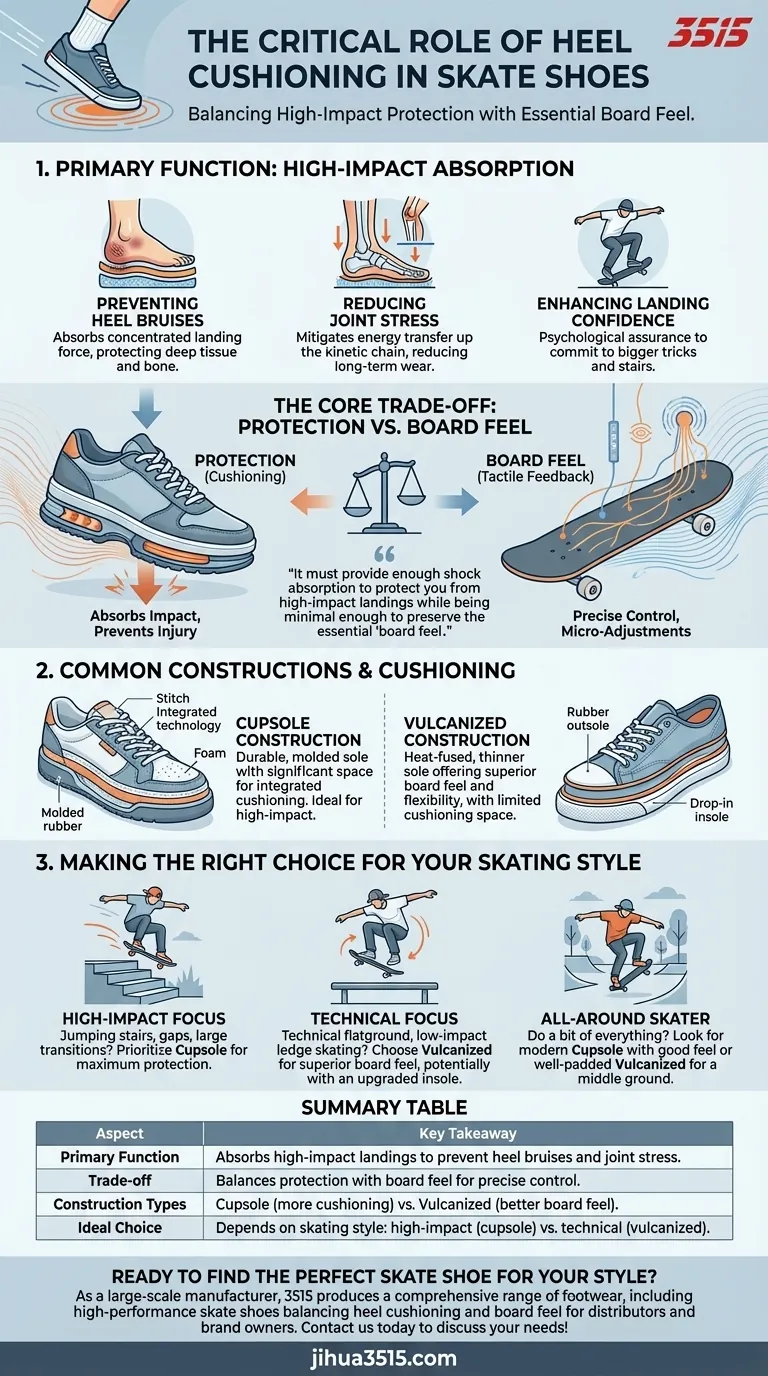
Related Products
- Safety Footwear Wholesale Manufacturer for Custom OEM/ODM Production
- Custom OEM Training Shoes Wholesale Manufacturer Durable & Breathable
- Durable Rubber Sole Outdoor Shoes Wholesale & Custom Manufacturing
- Advanced KPU Athletic Safety Shoe with Steel Toe Cap Anti-Slip Rotary Lacing System
- Premium Suede Sport Safety Shoes for Wholesale & Bulk Orders
People Also Ask
- What do heavy duty boots do? Protect Your Feet in Demanding Work Environments
- What are the differences between steel toe, composite toe, and alloy toe Wellington boots? Choose the Right Safety Toe for Your Job
- What are the cultural perspectives on wearing shoes in the house? A Guide to Home Etiquette & Hygiene
- What cultural and environmental considerations are tied to wearing shoes indoors? Balance Hygiene, Tradition, and Foot Health
- Do snake bite boots work? Your Ultimate Guide to Effective Snake Bite Protection

